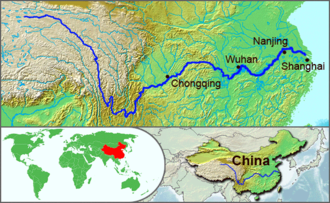The Impact of Recent Volcano Eruption on Communities

Introduction
Volcano eruptions are one of nature’s most powerful phenomena, capable of causing devastating effects on the environment and human life. The recent eruption of the La Soufrière volcano in Saint Vincent and the Grenadines has drawn global attention due to its far-reaching impacts. Understanding the significance of such events is essential, as they not only alter landscapes but also disrupt lives and economies.
Details of the Recent Eruption
On April 9, 2021, La Soufrière volcano erupted for the first time since 1979, sending plumes of ash high into the atmosphere and covering surrounding areas with volcanic debris. The eruption prompted the evacuation of over 20,000 residents and caused considerable damage to infrastructure, agriculture, and industry. Ashfall has affected neighbouring islands, disrupting air travel and leading to school closures across the Caribbean.
Impact on Local Communities and Environment
The eruption’s immediate impact has been profound, with thousands forced from their homes. Governments in the region have mobilised resources to provide humanitarian assistance, including food, water, and shelter. The long-term consequences, however, may stretch far beyond physical displacement. The ashfall has rendered farmland unusable, severely affecting local agriculture and food security. The ash has also contaminated water supplies, creating health concerns for affected populations.
Global Response and Preparedness
International organisations and neighbouring countries have offered assistance in recovery efforts. The eruption has highlighted the importance of disaster preparedness and response in volcanic regions. It has also underscored the necessity of monitoring geological changes more closely to provide early warnings in the future. Enhanced collaboration across borders is vital in addressing the challenges posed by such natural disasters.
Conclusion
The eruption of La Soufrière stands as a reminder of the power of nature and the vulnerabilities of communities situated within its reach. As recovery efforts continue, it is crucial for local authorities and global partners to learn from this event and improve their preparedness strategies. With climate change increasing the likelihood of natural disasters, investing in resilient infrastructures and communities is essential to mitigate future impacts from volcano eruptions.








